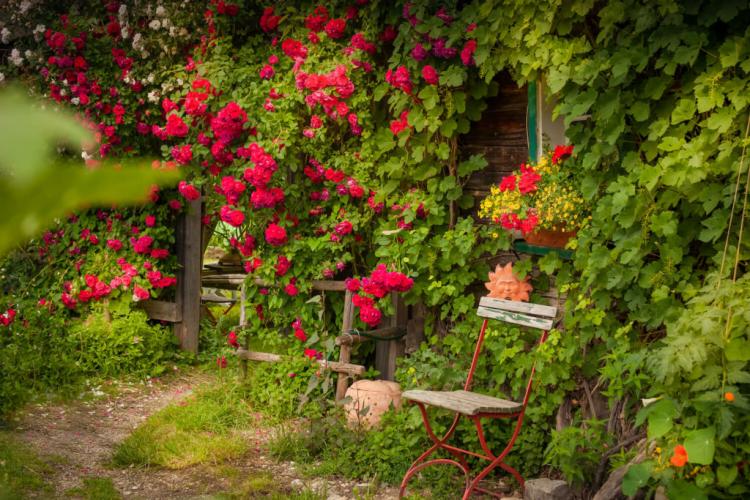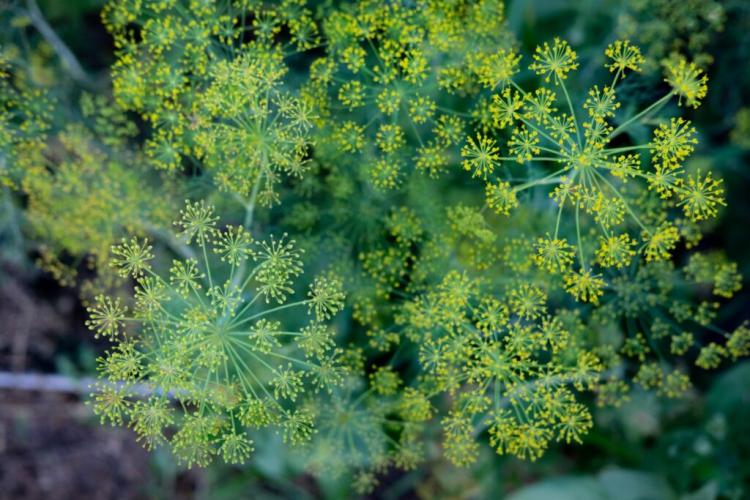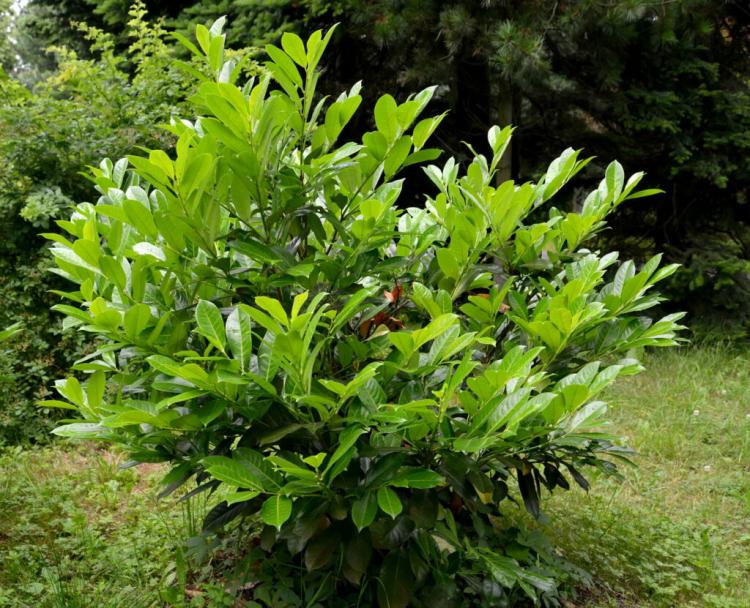Azalea: Home and Garden Tips
The azalea delights with its flowers both in the garden and in the apartment. Here you can find out how to plant the azaleas correctly and how to overwinter them.
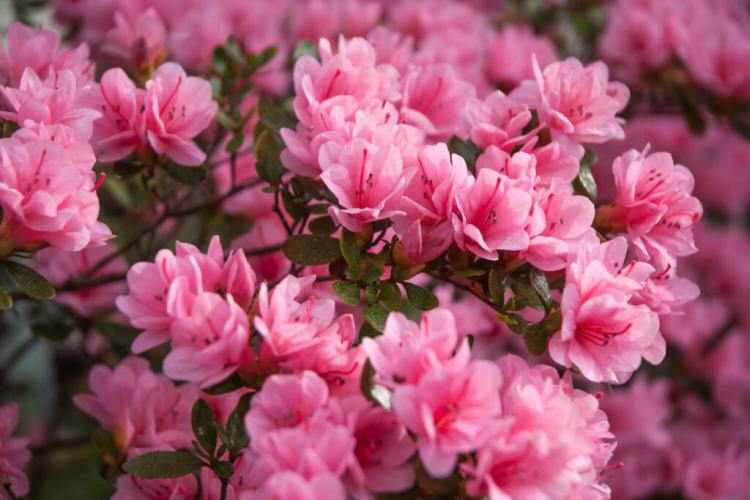
Azaleas have beautiful, showy flowers [Photo: PatGallery / Shutterstock.com]
Because there are not only indoor but also garden azaleas, the location and care must be adapted to the needs of the species. We show how pot azaleas differ from free-range azaleas and what to look out for when planting azaleas.
Azalea: flower, origin and characteristics
Table of Contents
Azaleas are trees of the genus rhododendron and come from Asia. In the past, however, they were considered a separate genus Azalea . What is special about the azaleas is, among other things, that they can be kept both outdoors and indoors. The respective groups are referred to as garden or outdoor azaleas and as indoor or pot azaleas, depending on their attitude. There are deciduous and evergreen representatives of the woody plants. All of them grow bushy and can reach a height of 40 to 150 cm. The leaves have entire margins and are egg-shaped, glossy or white flocked. The azalea flowers are striking and can have a wide variety of colors. There are also varieties whose funnel-shaped flowers are filled. Others have simple flowers. The flowering time of azaleas depends on whether it is a garden or houseplant. The room azaleas bloom earlier, sometimes from September to April. The garden azaleas, on the other hand, begin their flowering period in April and continue to flower well into August.
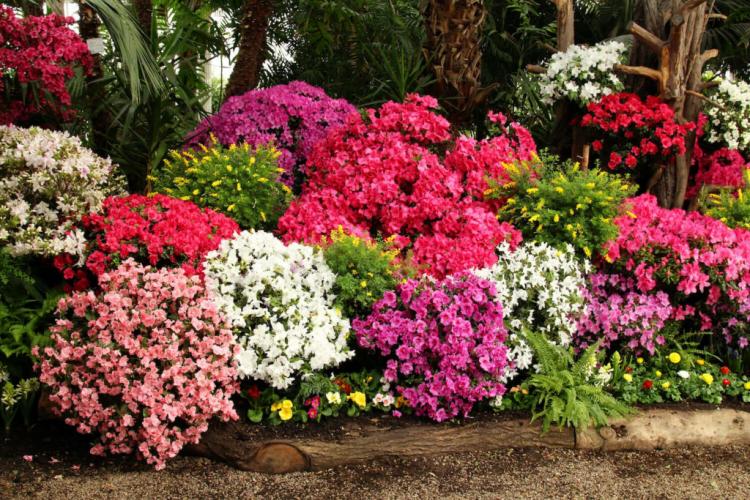
Azaleas species and varieties are available in a wide variety of colors [Photo: semper-scifi / Shutterstock.com]
Difference between rhododendron and azalea : Whether it is an azalea or a rhododendron is difficult to define. All azaleas belong to the rhododendrons. Some rhododendron species are grouped under the name azalea: Frost-sensitive, evergreen indoor azaleas and hardy, winter or summer green azaleas that only thrive outdoors. Outdoor azaleas either shed their leaves or change their foliage dress every spring. In contrast, rhododendrons are evergreen, they change their foliage constantly in the course of the year and not in spurts in spring.
Plant azalea as a houseplant
When you have decided on a room azalea, there are a few points to consider. If you have chosen a suitable location and taken the right care measures, you will be rewarded with a lush display of flowers in the cold season.
Since azaleas originally come from mountain forests, they prefer a cool and humid climate. Indoor azaleas, however, were bred accordingly and can now also tolerate warmer and drier conditions, as are usually found in our apartments.
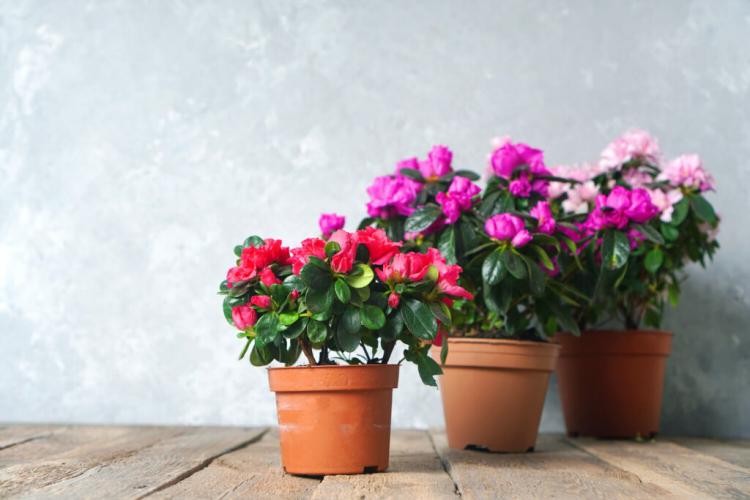
Some species can also be kept indoors [Photo: Varavin88 / Shutterstock.com]
Find a bright location for the azalea that only allows direct sunlight in the morning or in the evening. Ideally, the temperature should be between 12 and 18 ° C. It is best to get the plant used to the climate in the apartment slowly after buying it. To do this, it is first placed in a cool and partially shaded place. Gradually expect it to have more and more light and warmth. At the beginning of the flowering period, the azalea can also be placed in a lighter, slightly sunnier location, this ensures that the flowers are uniform. A south-facing window or a window sill above the heater, on the other hand, are not suitable. Here the azalea is too warm and too dry, and it cannot tolerate drafts either. The indoor azaleas like to spend the summer in a sheltered, slightly shaded place outdoors.
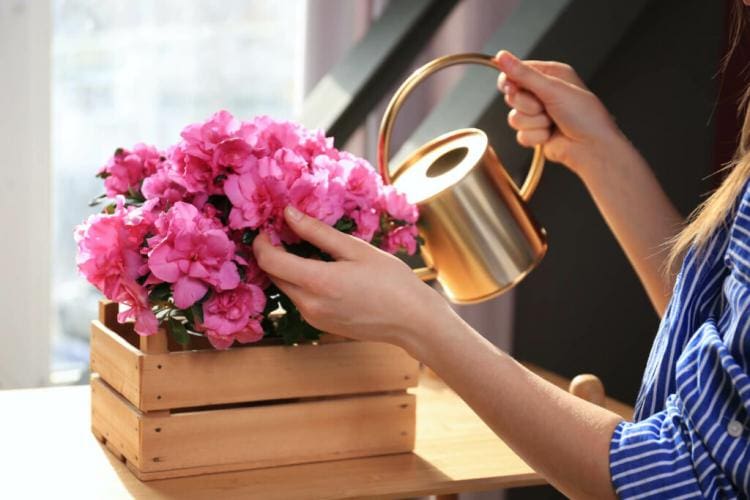
The soil must be kept moist [Photo: Pixel-Shot / Shutterstock.com]
The azalea is a bit peculiar when it comes to substrate. It needs an acidic soil and is very sensitive to lime. A special bog bed substrate, such as our Plantura organic acid soil, is ideal. With a pH value of 4.0 to 6.0, this is in the acidic range and thus meets the requirements of the azalea. Our peat-reduced soil consists of natural raw materials and can be used both in beds and in pots. First fill the planter with a layer of expanded clay or potsherds to improve the drainage of the water. The substrate should always be kept moist and never dry out or wet. Preferably use lime-free tap water or rainwater for watering.
Tip: Since azaleas like high humidity despite cultivation, you should spray the azalea in the pot regularly with lime-free water and avoid the flowers.
Planting azalea in the garden
Some species do best outdoors and, because of their hardiness to frost, can spend all year outside.
If you want to plant an azalea in the garden, a light or partially shaded location without direct sun is ideal. The ideal azalea planting time is between September and November or between March and May. Dig a planting hole that is about four times the diameter of the root ball, as azaleas have extremely flat and broad roots. Fill the 40 cm deep hole with an acidic substrate to provide the azalea bush with optimal conditions. Now everything is soaked with lime-free water so that the peat it contains can soak up. The azalea is then planted in this swampy mixture of water and substrate. If necessary, fill up with more substrate and model a pouring edge in order to be able to water optimally. The soil should be kept moist throughout the year. If you want to plant several azaleas, the planting distance should be between 30 and 100 cm, depending on the type and growth. In addition to regular watering, azaleas should be fertilized to provide them with nutrients. A special fertilizer for rhododendrons and azaleas that maintains the acidity of the substrate is particularly suitable for this – for example our Plantura organic hydrangea fertilizer.
Hibernating azaleas: which azaleas are hardy?
Not all azaleas are hardy. The frost hardiness basically depends on whether the species is deciduous or not. Deciduous species are usually intended to be kept outdoors and are also hardy at the same time. That means they can just stay outside in winter. Evergreen azaleas are intended for indoor use and are not frost hardy. They have to be overwintered in a cool and bright place. Japanese azaleas and diamond azaleas, on the other hand, are free-range azaleas that retain their foliage as much as possible even in winter. Like the deciduous azaleas, they are frost hardy.
Hibernate azalea in the house
Azaleas house plants need a cool and bright location in winter. The temperature can then drop to 8 ° C. Sufficient light is important at this time. Before you put the azalea in its winter place, you should remove all dead flowers and fruit deposits. In spring it is ideally placed outside so that it can shine again in the next flowering period.
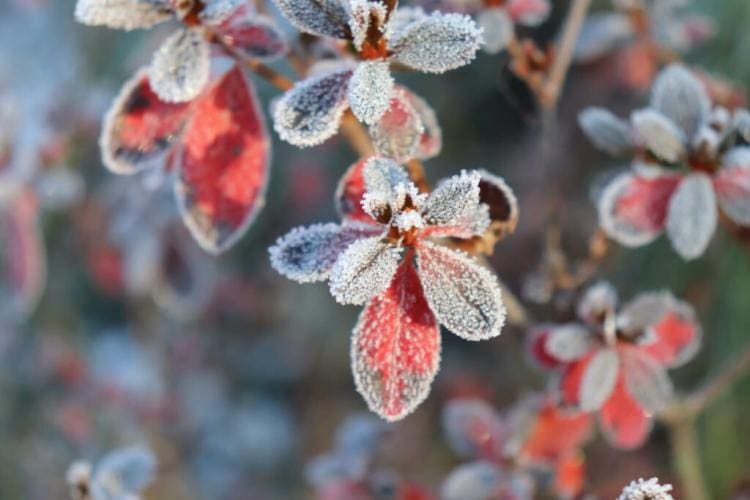
Outdoor azaleas are hardy [Photo: avoferten / Shutterstock.com]
Hibernate azalea outside
The garden azaleas are hardy and can be left outside in winter. To make the cold season a little more pleasant, a layer of mulch is an advantage. This can consist of leaves, for example. Mulch protects the earth and thus the roots from frost. A layer of mulch is also useful in summer, as less water evaporates and the growth of weeds is inhibited. If the azalea is outside in the bucket, it can also be mulched here and the pot can also be wrapped in a jute sack or something similar.
Propagation of azaleas
The easiest way to propagate your azalea is to use cuttings. To do this, cut off about 15 to 20 cm long, slightly woody shoots. The best time for multiplication is in early summer for indoor azaleas and from July to mid-September for garden azaleas. Use a sharp knife and cut as diagonally as possible to enlarge the cutting area. Water and nutrients will soon be absorbed here. The shoots should have leaves but no flower buds. The leaves are cut off except for the upper pair. Since the cuttings do not form roots so easily, the use of rooting powder is recommended. This stimulates root formation with the help of special plant hormones. Put the cuttings in pure white peat with a pH value of 4.0 – 4.5, which you moisten well. Alternatively, a dark vessel can be filled with water and the cuttings placed in it to form roots. Now put a plastic bag over the pot to increase the humidity. This creates optimal conditions for the young plant. Finally, place the jar in a bright and warm place.
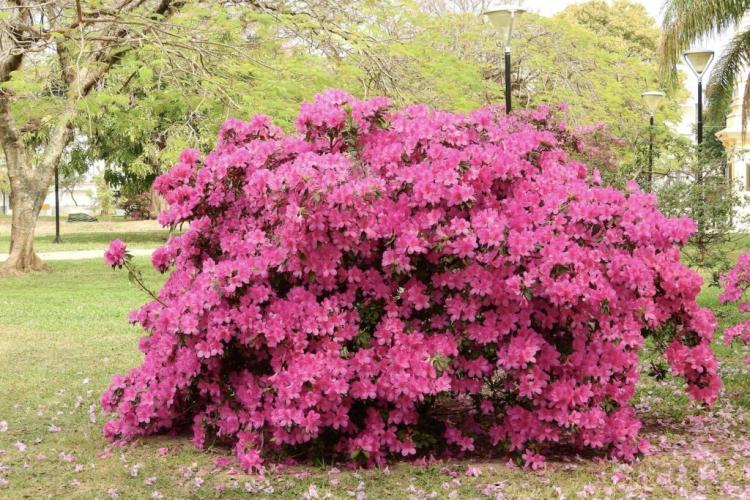
Azaleas can grow into magnificent shrubs [Photo: Roque Fabian Ramirez / Shutterstock.com]
Tip: Azaleas can also be propagated using sinkers. With this method, the daughter plants initially remain on the mother plant and are only separated after the roots have formed.
In addition, the azalea can be propagated via seeds, provided that fertilization has taken place. Remove the seeds from the capsules and distribute the seeds directly on a suitable, acidic substrate. Since azaleas germinate light, the seeds should not disappear under the substrate. Put the whole thing in a bright place that is around 20 to 25 ° C. It is essential to keep the humidity high with the help of cling film or a transparent cover. Germination should start after about two to three weeks.
Are azaleas poisonous?
Azaleas are poisonous, as are most rhododendrons. Parts of plants should not be consumed by humans or pets. Gloves are also recommended when gardening for safety.
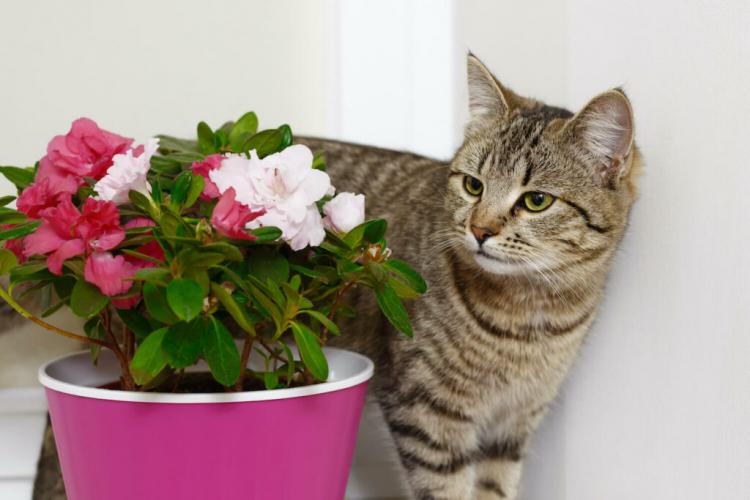
The azalea should not be eaten by pets [Photo: SerPhoto / Shutterstock.com]
Common pests and diseases
The most common pests of the azaleas include black weevils and spider mites; the latter occur above all in dry room air. Powdery mildew can also often make the pretty ornamental plants look unattractive. Some rhododendron varieties and species, such as Rhododendron bureavii , naturally have a mealy leaf coating that is not powdery mildew. Every now and then rhododendron cicadas and rhododendron net bugs appear and leave bright speckles on the leaves, the sap of which they suck out. The phytophthora fungus causes shoots to die out.
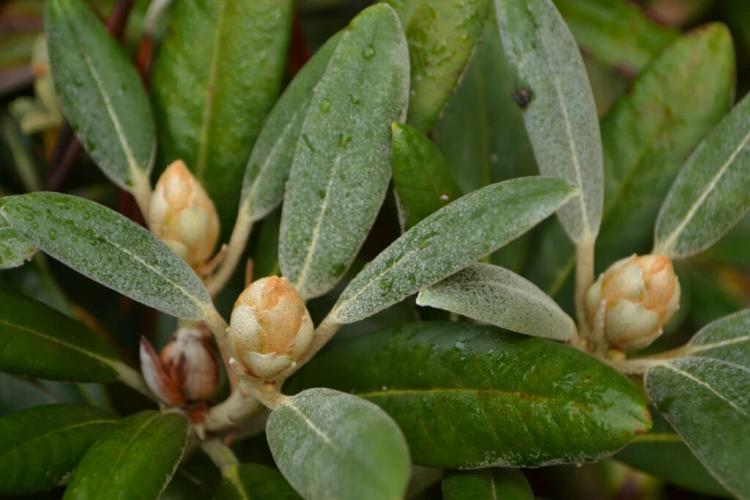
Some rhododendrons also have naturally tomentose leaves [Photo: Edita Medeina / Shutterstock.com]
Would you like to find out more about the diverse azaleas? We explain how to care for azaleas and what you absolutely have to pay attention to in order to keep them successful.

